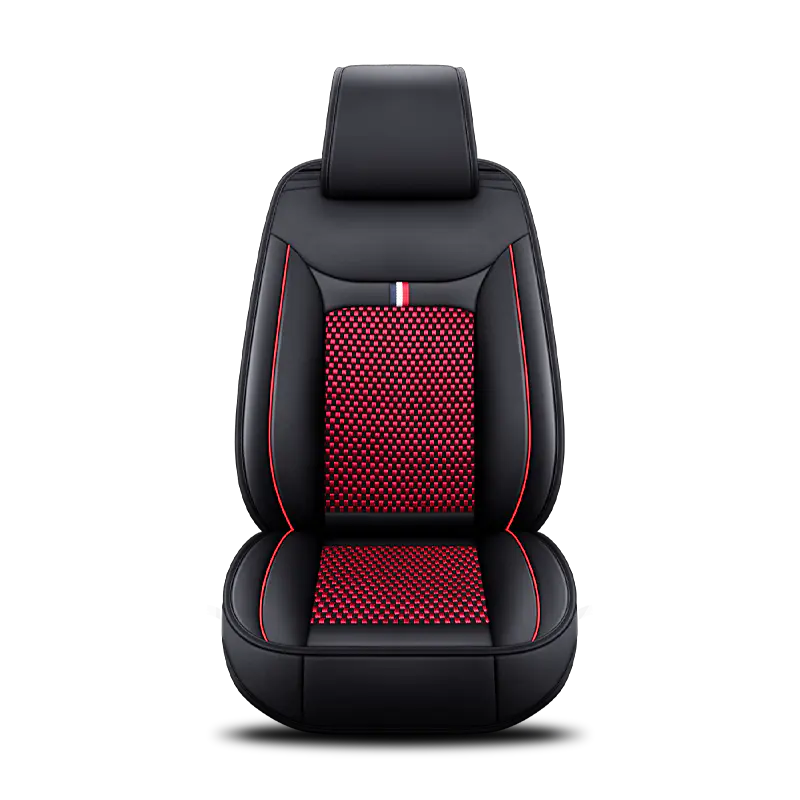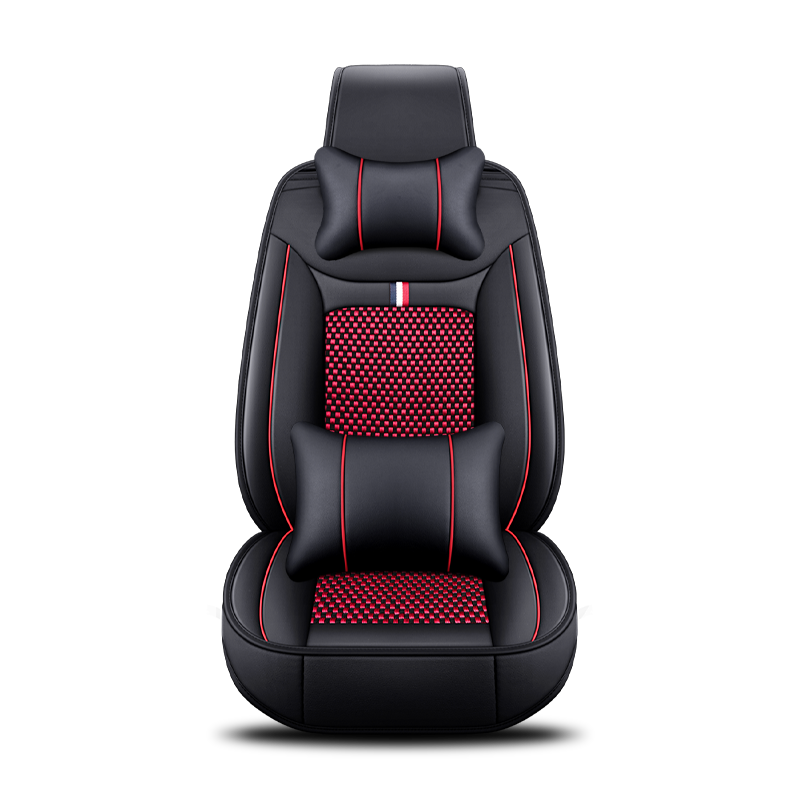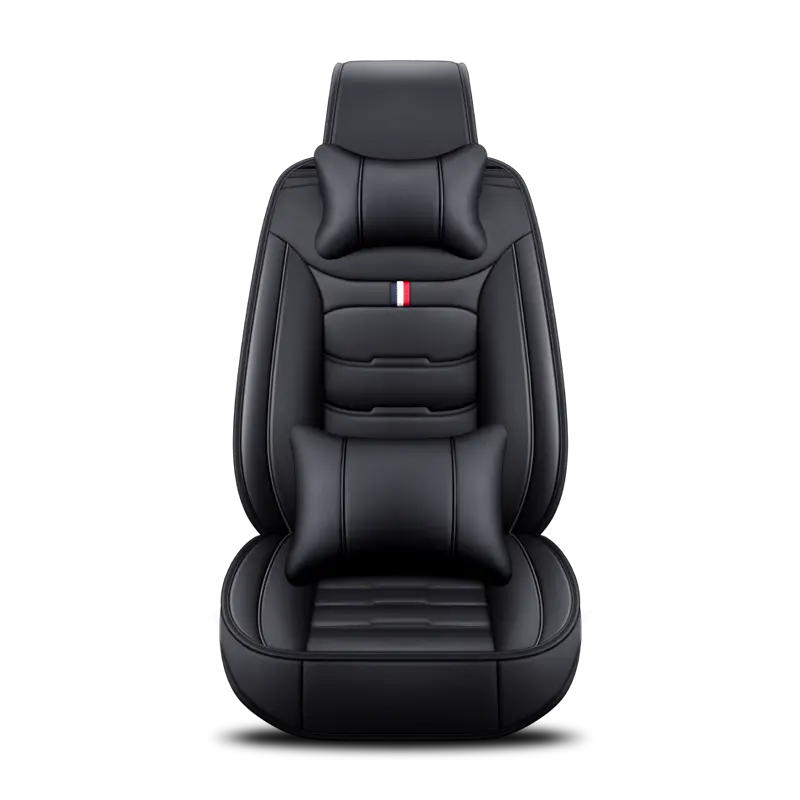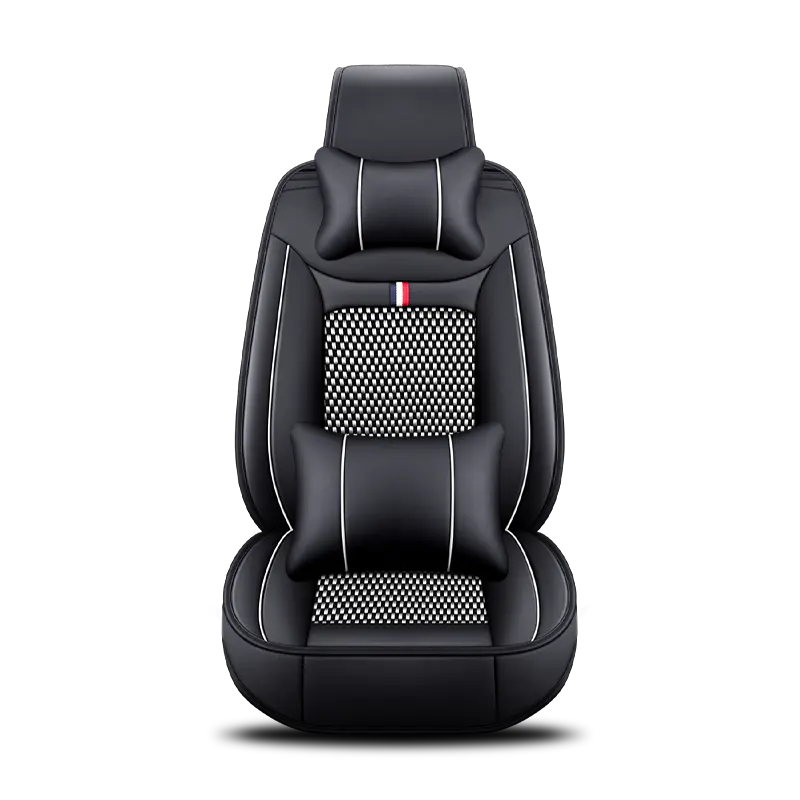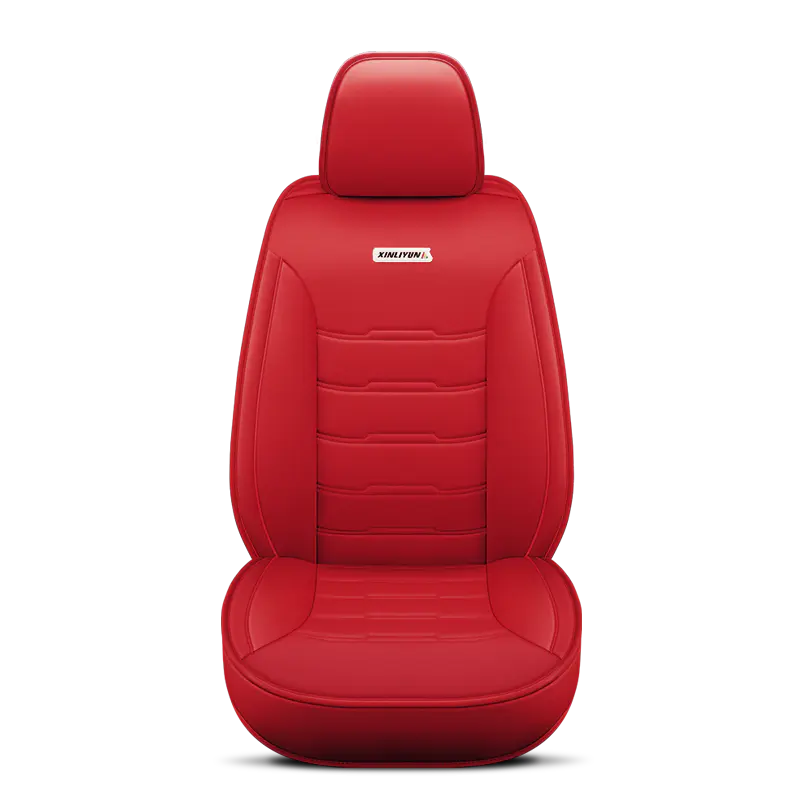Leather, being a natural material derived from animal hides, inherently possesses some degree of breathability due to its porous structure. However, the breathability of leather can vary significantly depending on several factors such as the type of leather, its treatment and finishing processes, and the manufacturing techniques applied.
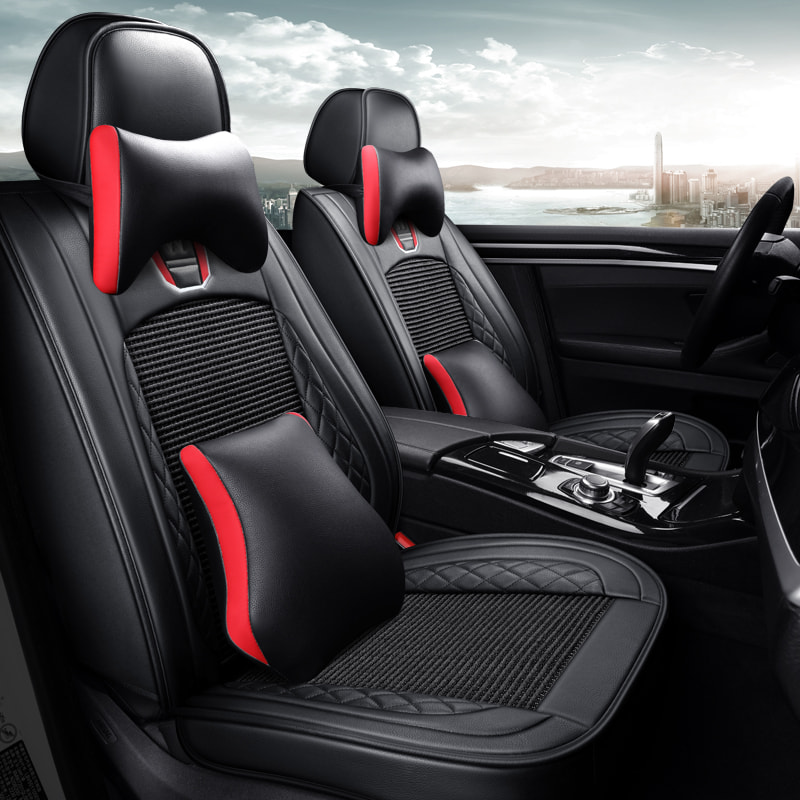
The breathability of leather car seat covers largely depends on the type of leather used. Common types include full-grain leather, top-grain leather, corrected-grain leather, and bonded leather.
Full-grain leather is considered the quality leather, retaining the natural grain and surface of the hide. It is typically more breathable because it has undergone minimal processing, preserving the natural pores that allow air and moisture to pass.
Top-grain leather is slightly more processed, with the surface sanded and refinished to remove imperfections. While still breathable, top-grain leather may have somewhat reduced permeability compared to full-grain due to this treatment.
Corrected-grain leather has an artificial grain applied after sanding away the original surface. This finishing process can significantly reduce breathability because the artificial grain layer tends to seal the surface more thoroughly.
Bonded leather is made by binding leather scraps and fibers together with adhesives and coatings. It is generally the least breathable type of leather due to the heavy processing and addition of non-porous materials.
Understanding these distinctions helps consumers select leather seat covers that balance breathability with durability and appearance.
Leather car seat covers undergo various finishing treatments to enhance their appearance, durability, and resistance to stains and fading. These treatments, however, often impact the breathability of the leather.
For instance, leather coated with heavy layers of polyurethane or other sealants typically becomes less breathable because these coatings block the pores. While such finishes improve resistance to spills and stains, they can create a barrier that traps heat and moisture against the skin.
Alternatively, aniline and semi-aniline leather finishes use lighter dyeing and sealing processes, which preserve more of the leather's natural breathability. These finishes allow for better air circulation but may require more careful maintenance to avoid staining or damage.
Car seat cover manufacturers often strive to find a balance by using breathable coatings that protect the leather while allowing some air and moisture vapor to pass through.
The breathability of leather car seat covers has practical implications that affect comfort and usability. In warm weather, breathable leather helps reduce sweating by allowing body heat and moisture to dissipate, thereby improving comfort during long drives. On the other hand, non-breathable leather can feel hot and sticky, discomfort and potential skin irritation.
In colder climates, the breathability of leather is less of a concern because the seats retain warmth, providing a cozy seating surface. However, leather is known to be cooler to the touch than fabric, which can initially feel chilly in winter but tends to warm up with body heat.
It is also important to consider the role of car seat ventilation systems that some modern vehicles offer. These systems actively circulate air through perforated leather seat covers, greatly enhancing breathability and comfort. The combination of ventilated seats and breathable leather material represents an advanced solution to common concerns about heat buildup and perspiration.

